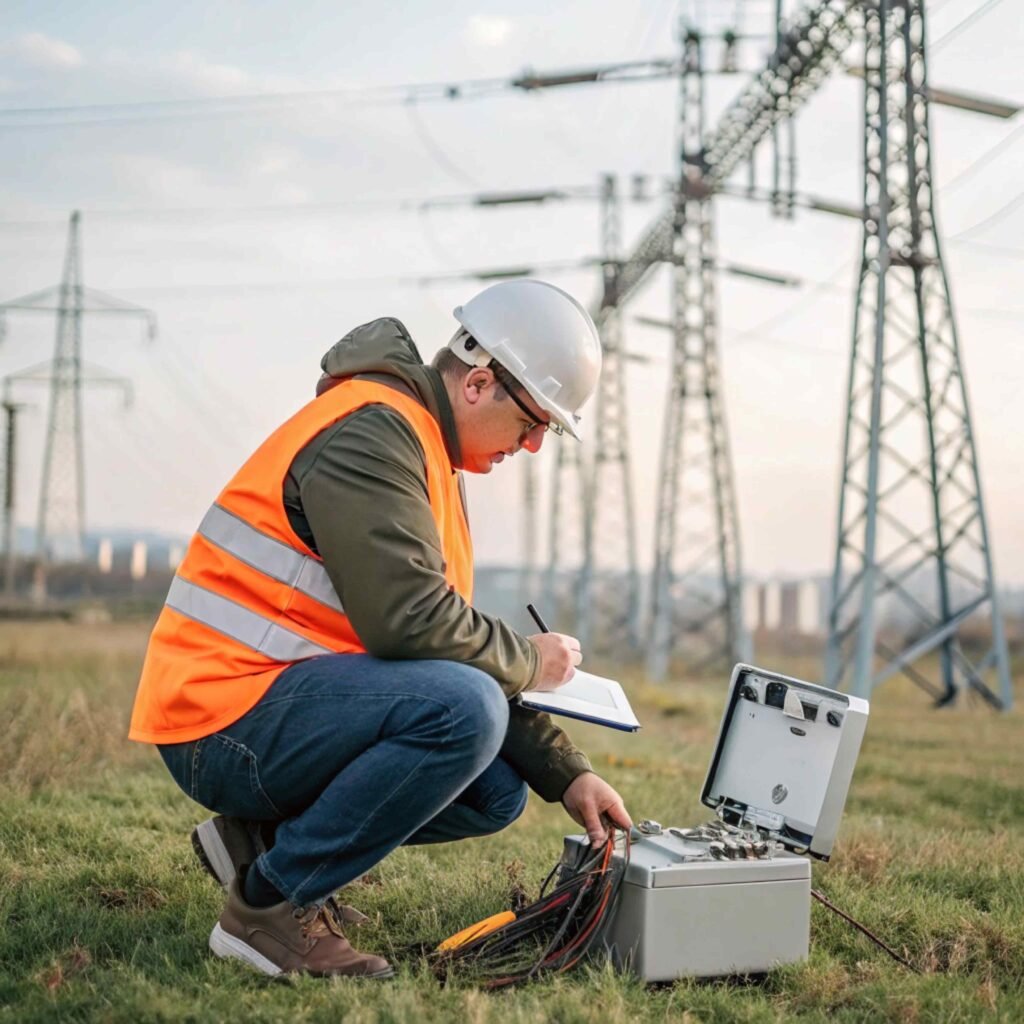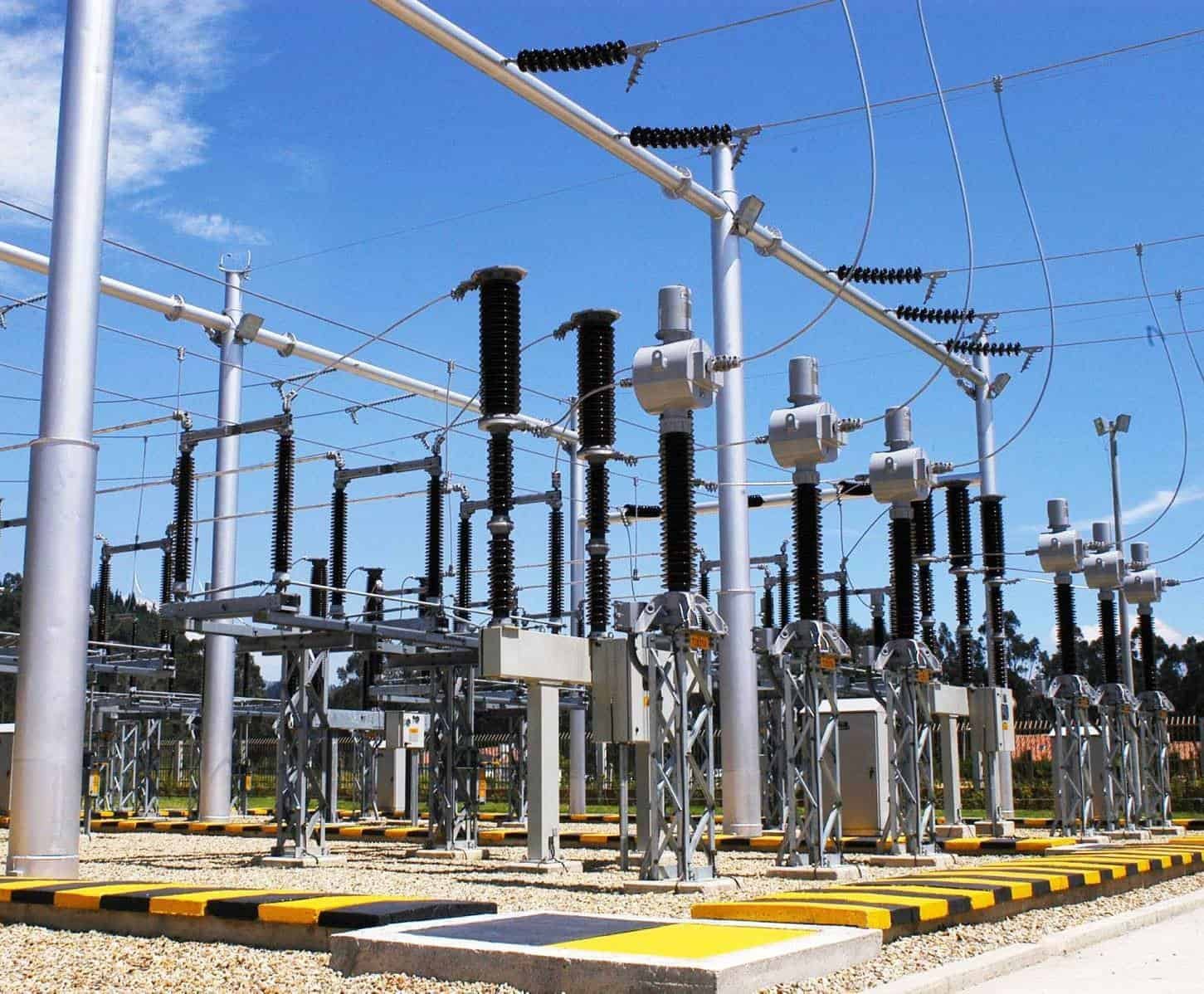Worried about sudden cable failures causing costly downtime? VLF hipot testing is the essential, non-destructive solution to proactively assess cable integrity and ensure reliable power delivery. VLF (Very Low Frequency) testers provide essential cable solutions by applying an AC voltage at 0.1 Hz to 0.01 Hz.
This method is highly effective for testing medium-voltage extruded dielectric cables (like XLPE), identifying insulation weaknesses, water trees, and potential faults without causing damage like older DC methods. Understanding the basics of VLF testing is just the first step. The real value comes from knowing how to apply it in specific, high-stakes industries.
As our world shifts towards green energy, the demand for reliable power from renewable sources has never been higher. This puts immense pressure on the infrastructure connecting these sources to the grid. So, how exactly does VLF testing fit into the booming renewable energy sector?
Why Are VLF Testers Crucial for the Renewable Energy Sector?
Is your renewable energy project at risk from cable faults? A single failure can stop generation and drain revenue. VLF testing is the key to maintaining uptime and asset health. VLF testers are crucial for renewables because they effectively test the vast underground cable networks in wind and solar farms. This preventative maintenance identifies insulation weaknesses in MV cables, preventing costly outages and ensuring uninterrupted power generation, which is vital for grid stability and project profitability.
VLF Testing in the Green Energy Landscape
The renewable energy sector relies on thousands of miles of medium-voltage (MV) cables to collect power from wind turbines and solar panels and deliver it to the grid. These cables are the arteries of a green power plant, and their failure can be a major problem.
At my company, KVIPHOT, we’ve seen firsthand how these challenges drive the need for better testing solutions. Unlike traditional power plants, renewable sites are often in remote locations with harsh environmental conditions, making cable maintenance even more difficult. The standard XLPE (cross-linked polyethylene) cables used are susceptible to defects like water trees, which old DC testing methods can worsen.
VLF testing directly solves this problem. Its low frequency is powerful enough to detect these hidden flaws but gentle enough not to damage healthy insulation, making it the perfect tool for ensuring the long-term health of these critical assets.
| Testing Method | Pros | Cons | Best for Renewables? |
|---|---|---|---|
| DC Hipot Test | Small, lightweight equipment. | Can damage XLPE cable insulation (space charge effect). Not representative of AC stress. | No, Not recommended for XLPE. |
| VLF AC Hipot Test | Safe for XLPE. Effectively finds defects. Portable units for long cables. | Test times can be longer than DC. | Yes, The industry standard. |
| Power Frequency AC Hipot Test | Simulates real-world conditions perfectly. | Requires extremely large, heavy, and expensive equipment. Impractical for field use. | No, Not practical for site testing. |
How Do Wind Farm O&M Teams Use VLF Testers to Maximize Uptime?
Facing costly wind turbine downtime from hidden cable faults? Unscheduled repairs disrupt budgets and operations. Portable VLF testers empower O&M teams to diagnose issues fast and keep turbines spinning. Wind farm O&M teams use VLF testers for commissioning tests on new cables and for periodic maintenance diagnostics. They regularly assess the integrity of the MV collector cables connecting turbines.
This proactive approach detects insulation degradation early, preventing unexpected failures, maximizing turbine availability, and ensuring a stable power output.
VLF Workflow in Wind Energy
For a wind farm’s Operation & Maintenance (O&M) team, uptime is everything. A single offline turbine means lost revenue. I remember working with an O&M manager who told me their biggest headache was unexpected failures in the underground collector cables. It was a race against time to find and fix the fault. This is where a structured VLF testing program becomes a game-changer. It’s used at key stages of a cable’s life.
After a new cable is installed, a VLF “withstand” or “proof” test confirms the installation quality. Then, as part of the regular maintenance schedule (every 2-5 years), a VLF “diagnostic” test is performed to monitor the cable’s health and spot degradation before it leads to a failure. If a fault does occur, the VLF tester can be part of a system to help pinpoint the exact location, drastically reducing excavation and repair time.
| Stage | Objective | VLF Application |
|---|---|---|
| Post-Installation | Verify cable and accessory (joints, terminations) installation quality. | A “Go/No-Go” withstand test is performed at a specific voltage for a set time, as per IEEE 400.2 standards. |
| Routine Maintenance | Proactively detect insulation deterioration like water trees or partial discharge. | A diagnostic test is performed to monitor trends and plan for future repairs, preventing unplanned outages. |
| After a Fault | Quickly and accurately find the location of a cable failure. | The VLF unit can be used as a voltage source for a “thumper” or fault locator to pinpoint the exact spot. |
What Makes VLF Testing a Smart Investment for Solar Farm Maintenance?
Losing solar generation due to underground cable faults? Locating these issues is a nightmare. VLF testing gives you a clear health report on your cables, preventing major production losses. VLF testing is a smart investment for solar farms by ensuring the reliability of their extensive MV cable networks. It proactively identifies insulation defects that could cause large-scale outages. This protects revenue, ensures compliance with power purchase agreements (PPAs), and maximizes the long-term return on investment.
Securing Solar’s ROI with VLF
Solar farms operate on very tight margins, and their profitability is often tied to Power Purchase Agreements (PPAs). These agreements require the farm to deliver a certain amount of energy, and any downtime can lead to financial penalties. The vast network of buried MV cables is a major point of vulnerability.
A fault in one of these cables can take a huge section of the solar array offline. From our experience providing equipment to solar projects, the key concern for operators is a high return on investment (ROI). VLF testing directly contributes to this. By preventing major outages, it ensures the farm meets its PPA targets and maximizes revenue.
Furthermore, the portability of modern VLF testers from manufacturers like us means a small team can efficiently test the entire site without needing heavy, disruptive equipment. It’s a targeted, cost-effective maintenance strategy that protects a multi-million dollar asset.
| Factor | Without VLF Testing | With VLF Testing |
|---|---|---|
| Cable Failure | Reactive; failures are unexpected and catastrophic, causing major downtime. | Proactive; potential faults are identified before they fail, allowing for planned repairs. |
| Revenue Impact | Significant revenue loss from prolonged outages. Potential PPA penalties. | Minimal revenue loss. Outages are avoided, and PPA targets are consistently met. |
| Maintenance Costs | High emergency repair costs, including extensive excavation to find the fault. | Lower, predictable costs for planned maintenance. Fault location is faster and more precise. |
الخاتمة
In summary, VLF cable testing is no longer just an option; it’s a critical tool. For renewables, it ensures reliability, protects assets, and maximizes the return on investment.





